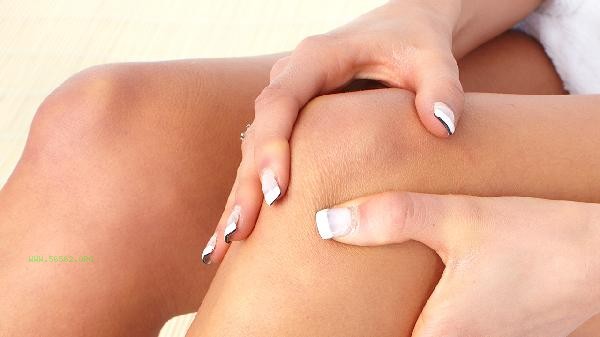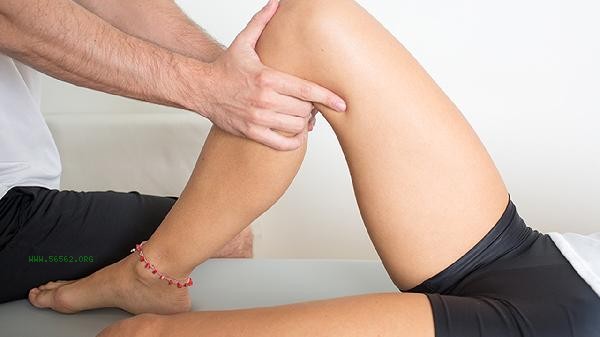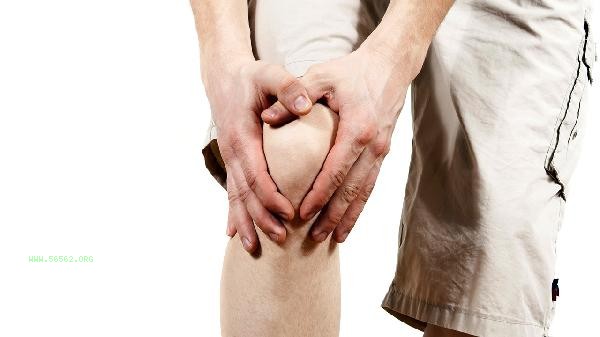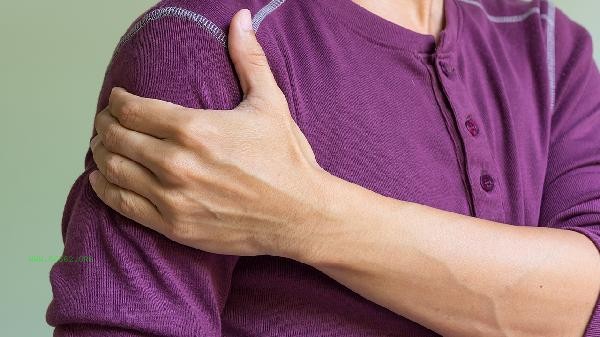The left ring finger mainly corresponds to the Sanjiao meridian and the Pericardial meridian in traditional Chinese medicine meridian theory, and is associated with the heart, circulatory system, and endocrine function. Traditional Chinese medicine believes that fingers are connected to organs through meridians, and the special reflex area of the ring finger may reflect the health status of cardiovascular and cerebrovascular systems.
1. Sanjiao Meridian Association
The Hand Shaoyang Sanjiao Meridian flows through the ring finger, which is responsible for the operation of the human body's qi and fluid metabolism. When the function of the Sanjiao meridian is abnormal, numbness or tingling of the ring finger may occur, often accompanied by symptoms such as chest tightness and edema. Clinical observation found that the color of the belly of the ring finger of patients with coronary heart disease was mostly dark purple, and acupuncture and moxibustion in this area could help to improve the symptoms of palpitations. Daily use of the thumb to press the base of the ring finger to the fingertips can help unclog the triple burner meridian qi machine.
II. Pericardial Meridian Reflex
Hand Jueyin Pericardial Meridian terminates at the end of the ring finger and is closely related to the blood supply function of the heart. During traditional Chinese medicine diagnosis, the pale nails of the ring finger may indicate insufficient myocardial blood supply, and swelling of the knuckles is often associated with pericardial effusion. Tuina massage on this meridian can alleviate angina attacks, while moxibustion on the middle chong point of the ring finger can improve symptoms such as insomnia and insomnia. People at high risk of cardiovascular and cerebrovascular diseases should regularly observe changes in skin temperature and elasticity of the ring finger.
III. Microcirculation Observation
The peripheral capillaries of the ring finger are abundant and are an important observation site in traditional Chinese medicine. In a healthy state, the fingertips should appear light pink. If there is a bluish purple color, it indicates microcirculatory disorders, while a pale white color may be a sign of anemia. When the skin of the third finger of diabetes patients is dry and chapped, it is necessary to be alert to peripheral neuropathy. Soaking the ring finger in warm water at around 40 ℃ in winter can promote peripheral blood circulation.
4. Holographic Reflection Theory
According to the biological holographic theory, the second phalanx of the ring finger corresponds to the human heart region. The appearance of linear hardening in this area may indicate coronary artery sclerosis, and the bending and deformation of the phalanx require investigation for rheumatic heart disease. In ear acupuncture therapy, the corresponding point of the ring finger is the heart point, and applying pressure to Wang Buliuxing seed can regulate arrhythmia. Regularly using a scraping board to gently scrape the back of the ring finger can help prevent cardiovascular and cerebrovascular diseases.
Fifth, Meridian Detection Application
Modern meridian detection devices show that the resistance value of the ring finger is closely related to cardiac function. Traditional Chinese medicine examinations often evaluate cardiovascular status by measuring the electrical conductivity of the acupoint in that area, and abnormally low resistance values may indicate myocardial ischemia. Qigong practitioners pay attention to the qi induction between the ring finger and the dantian, and the "shaking the head and tail to dispel the inner fire" movement in the Eight Section Brocade needs to be accompanied by the guidance of the ring finger. Patients in the recovery period of heart disease can rub and press each joint of the ring finger for 3-5 minutes daily.
Traditional Chinese Medicine suggests monitoring cardiovascular health by observing changes in the color, temperature, and shape of the ring finger, but individual differences should be noted. Daily practice of Five Finger Pressure Technique: Press the ring fingers of both hands with relative force, and use deep breathing to improve cardiovascular function. If numbness, pain, or abnormal color of the ring finger persists, timely electrocardiogram and meridian testing should be performed, combined with tongue and pulse diagnosis for comprehensive judgment. People at high risk of cardiovascular disease should avoid exposing their ring fingers to cold. In winter, they can wear finger cots to keep warm, and their diet should include foods such as hawthorn and Danshen that promote blood circulation and remove blood stasis.








Comments (0)
Leave a Comment
No comments yet
Be the first to share your thoughts!